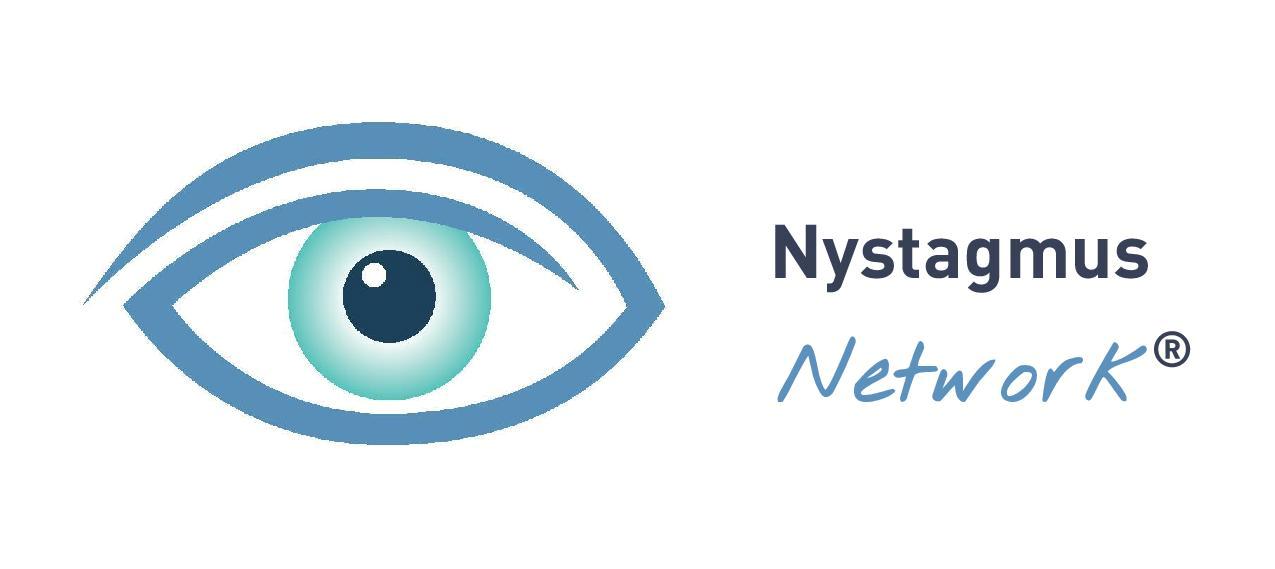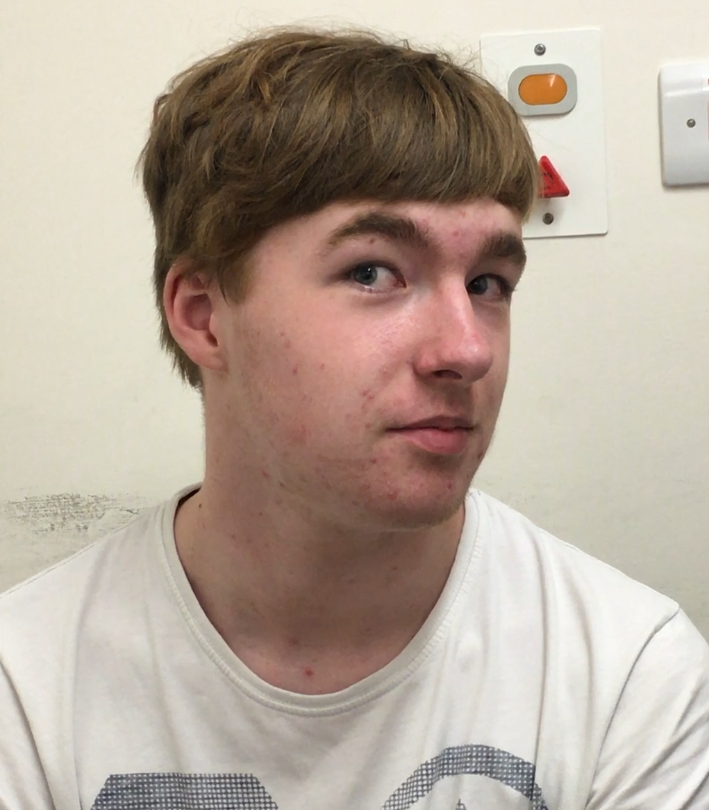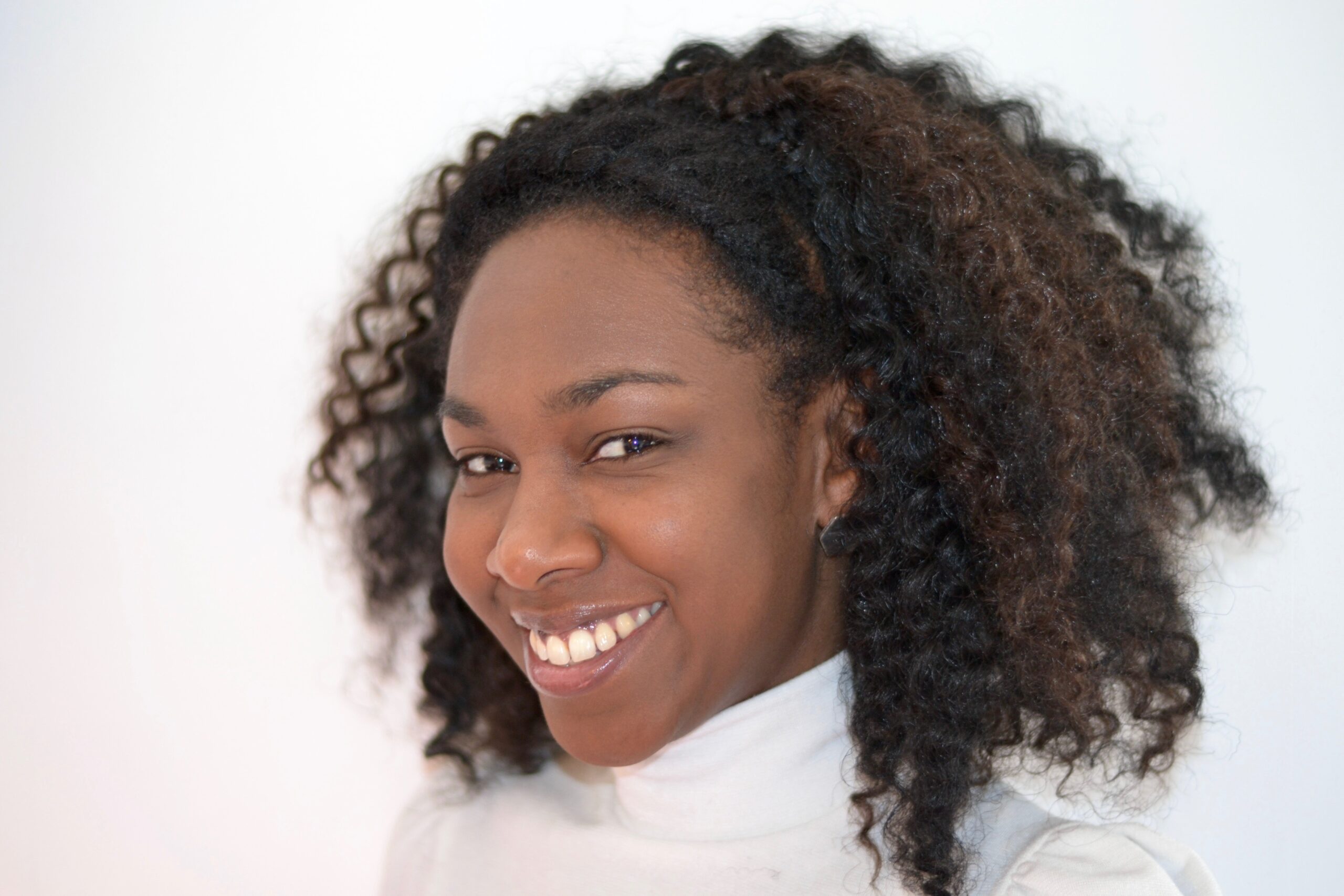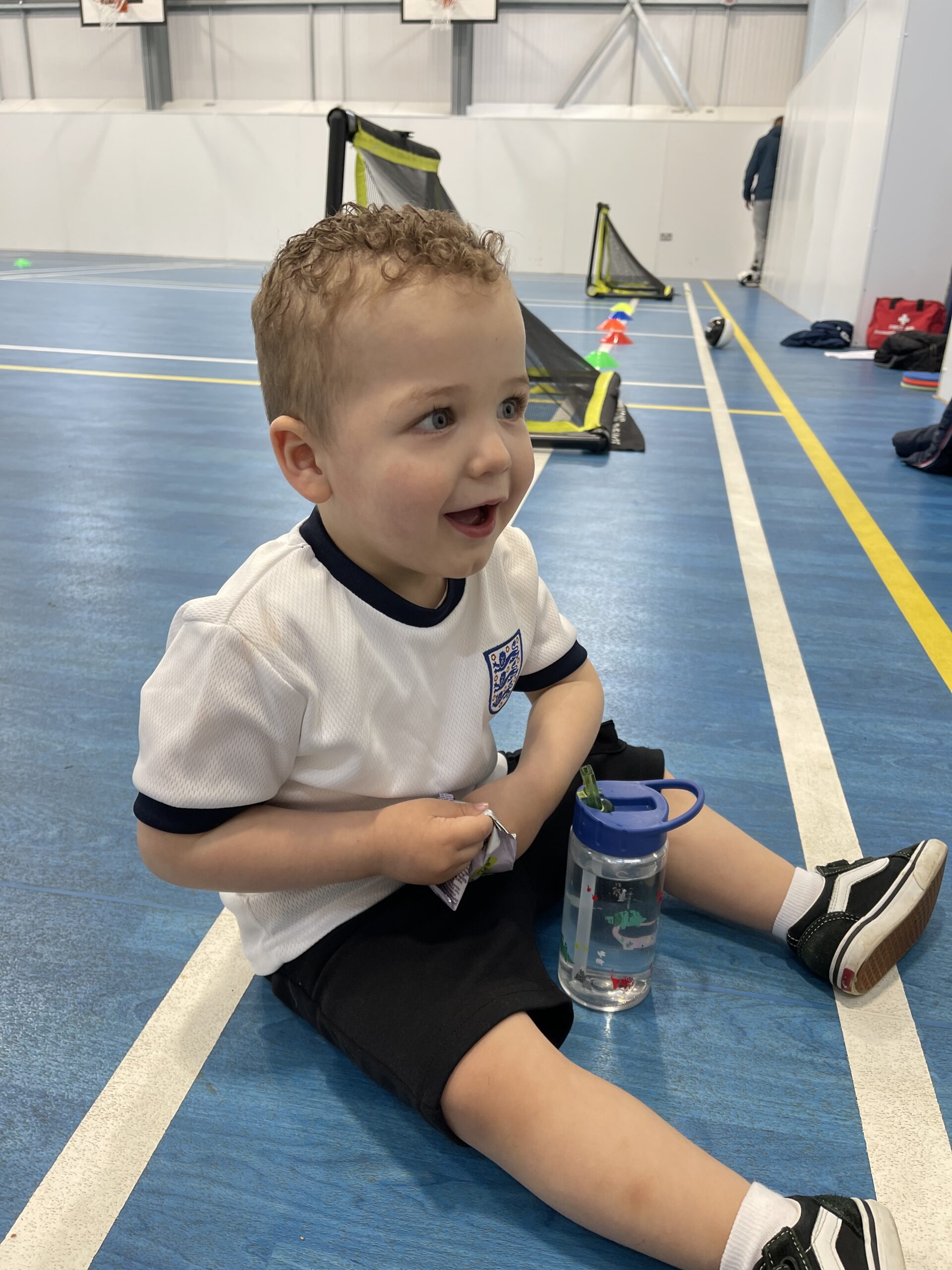This is Harry. He’s 15 years old. He has nystagmus and, as you can probably tell from the photo, he also has a fairly marked head turn associated with his null point. This summer, Harry and his parents decided it was right for him to undergo surgery.
Known commonly as ‘null point surgery’, because it seeks to move the null point to a more natural, central position rather than off to the side, the Anderson Kestenbaum procedure is sometimes suggested by ophthalmologists where head turns are very marked. Medical professionals do not claim that the surgery can cure nystagmus, simply that it can enable the patient to look straight ahead afterwards.
The procedure involves detachment and reattachment of the eye muscles. As with any surgery, there are risks involved. The result is usually a more natural head position so that the patient can look straight ahead to focus on faces and objects. Sometimes they report that they can read a line or so further down an eye chart. Follow up surgery is sometimes needed to refine any correction. Some people perceive a slowing of the eye movements as a result of surgery, though this is thought to be anecdotal and could simply be due to the change in the position of the null point.
Harry has now had his surgery. His family asked the Nystagmus Network to share their story. Over the next few days we’ll be posting reports from Ian, Harry’s Dad, as Harry recovers from his null point surgery.
Null point surgery is not for everyone. Please seek advice from your ophthalmologist. The Nystagmus Network does not endorse or otherwise any particular medical treatment. We are simply sharing one family’s experience.




